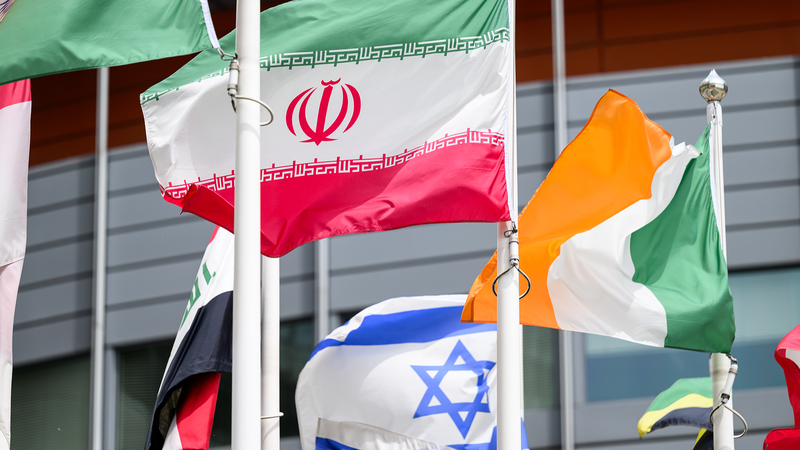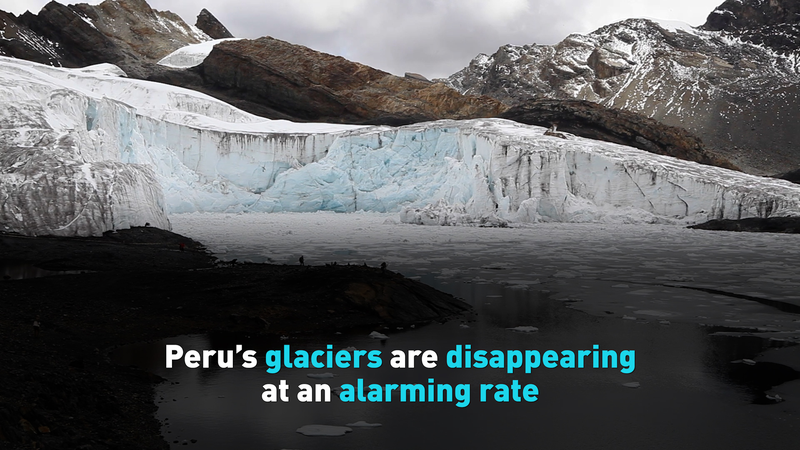After 12 days of intense exchanges that shook the Middle East, Israel and Iran have agreed to a ceasefire—yet deep ideological and nuclear tensions continue to simmer beneath the surface.
Ideological Fault Lines
Since the 1979 Islamic Revolution, Iran has positioned itself as a revolutionary force in the region, exporting its vision of governance and challenging Western influence. Israel, closely tied to Western powers and rooted in Zionist ideals, has long viewed Iran’s rhetoric as an existential threat. This clash of identities helps explain why diplomatic channels have struggled to take hold.
The Nuclear Standoff
At the heart of the conflict lies Iran’s nuclear program. Tehran insists its enrichment—now at 60 percent, above the 3.67 percent cap set by the 2015 deal—is strictly for peaceful energy and research. Israel disputes this claim, arguing that enrichment nearing the 90 percent weapons threshold, secret facilities and limited inspections point to a hidden agenda.
What the Ceasefire Means
The recent truce, brokered by the United States, Iran and Israel, paused hostilities but did little to resolve core disputes. Washington remains torn between diplomacy and the threat of strikes, while hardliners in Iran grow louder, calling for a nuclear deterrent. In Israel, officials claim they set back Tehran’s program by "two decades," yet acknowledge a rapid recovery remains possible.
Looking Ahead
Without a reliable dialogue mechanism, this cycle of tension risks repeating itself. Scheduled U.S.-Iran talks are on hold and Israel refuses direct negotiations with Tehran. As a result, another flare-up seems only a matter of time—raising stakes for regional security and global peace.
Reference(s):
The causes and future of the conflict between Israel and Iran
cgtn.com


